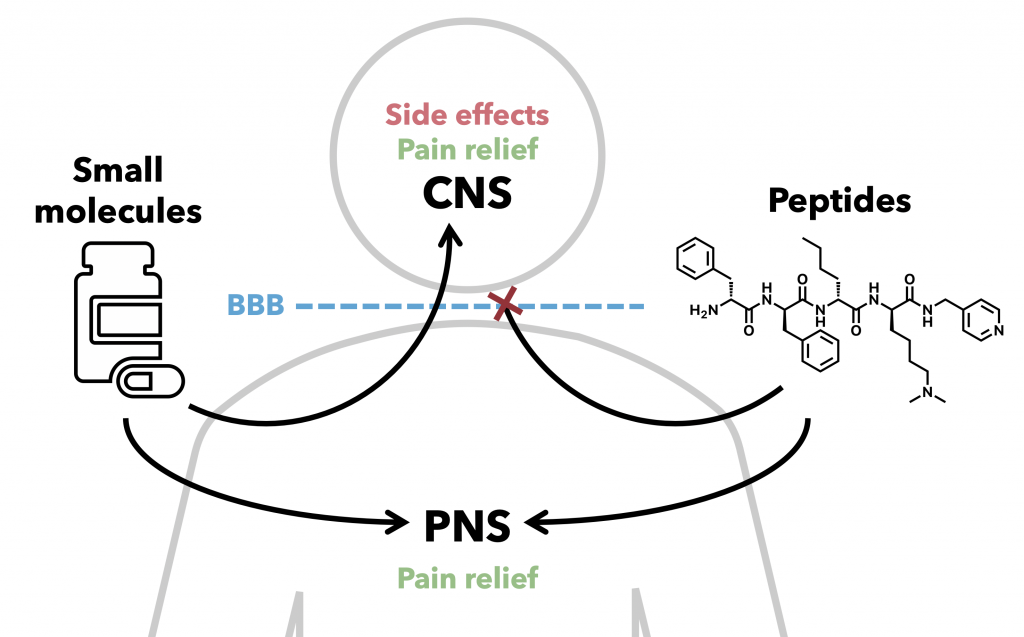The increasing severity of the opioid epidemic has brought with it a rise in research toward the development of novel analgesics that offer pain relief with fewer, less severe side effects. One paper published in 2019 investigates the side-effect profile of a peripherally restricted, κ agonist peptide called JT09, and proves that their approach avoids many of the dangerous side effects of traditional small molecule opioids (21). Another paper, published a few years prior in 2016, also investigates the utility of peptide-based, peripherally restricted κ agonists for pain management. This paper further supports the use of peptides to avoid central nervous system activity and its associated side effects (25).

Leave a Reply